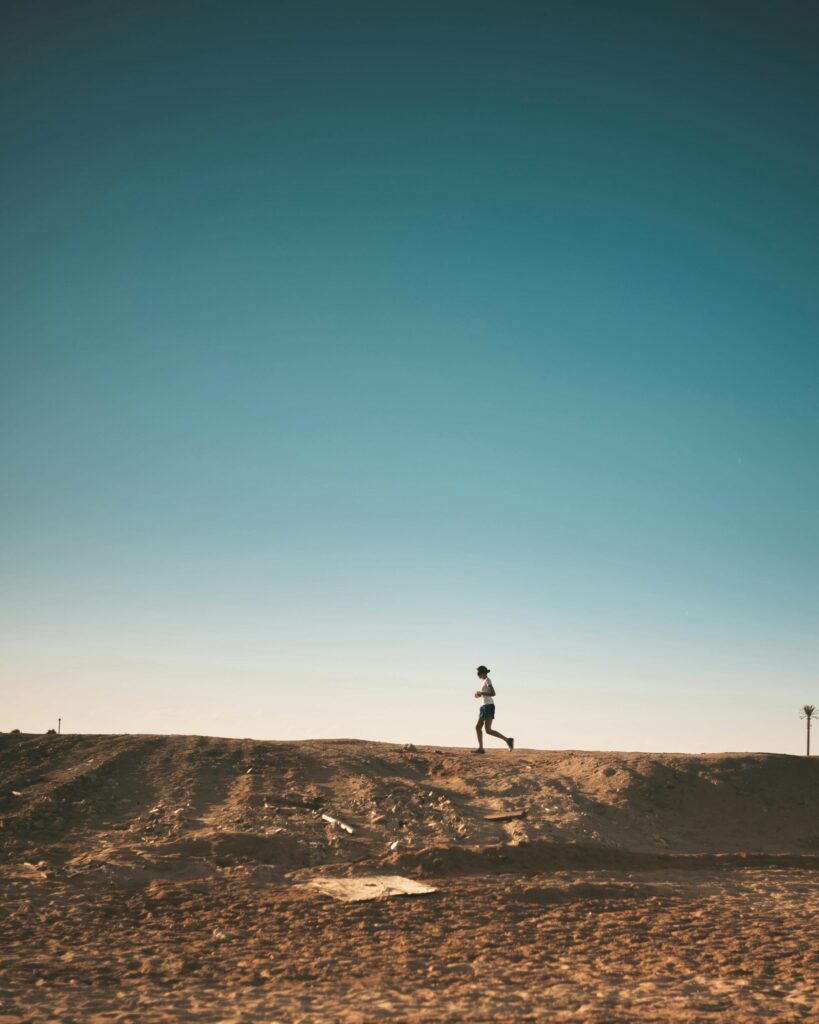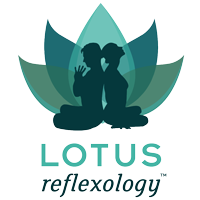It should be obvious to any serious runner that they need to look after their feet. After all, unlike other injuries, an injury to your foot can finish your season. The foot absorbs so much impact on landing, and stretches so much on take-off, that is surprising injuries don’t happen more often.
For the purposes of this blog I am going to categorize injuries as internal and external. Both can be helped, and often prevented, and that is what we are going to cover here. I am going to concentrate on the most cost effective ways of treating runners foot problems.
By internal injuries I mean injuries which are beneath the surface of the skin. The principle ones are plantar fasciitis and Achilles tendonitis.
External injuries are less serious but still painful and debilitating. They include: calluses: black toenails and blisters.
So what can we do about the most common runners foot problems? Well the first thing to make sure of, is that your running shoes are supportive and fit well. They should be measured properly in a specialised shop which will give the best recommendation based on your measurements.
One of the most common “internal” injuries experienced by runners, is plantar fasciitis. The most common causes are neglecting to stretch calf muscles properly, or overtraining, particularly hill work. The plantar fascia is a thick band of muscle running underneath the foot from the toes to the heel. It can tear due to overwork which will lead to painful inflammation, and will be very slow to heal.
At this point Reflexology would be recommended, to help reduce the inflammation and speed the healing process. Similarly Achilles tendonitis, which also arises from inflammation due to overwork, would benefit from Reflexology to speed the healing process.
“External” injuries are where the services of a Foot Health Practitioner would be most useful. A build-up of hard skin is an indication that your running shoes don’t fit as well as they should. This can be because they didn’t fit well in the first place, or because due to age and wear and tear they have lost some tension and support. The build-up of hard skin can be removed in minutes by a skilled practitioner.
Toenails can be injured by shoes that are too tight, or by shoes that are a little too big, allowing movement backwards and forwards in the shoe. This causes bruising, and can cause thickening of the nail. In either case the nail may fall off and re-grow. Thickened nails can be reduced in bulk by a Foot Health Practitioner, and this is advised, as they can become painful.
Blisters are also a sign that your running shoes do not fit well, but can also occur when people start training as the feet become used to the new demands made of them. The best treatment I have found is the application of pure aloe vera gel, which calms the pain very quickly and helps the healing process.
Whether you are training for a big race, or just run for enjoyment it is really important to properly care for your feet. If you are suffering from any runners foot problems I have mentioned in this blog call me to discuss treatment on: 0117 950 6629 or07811619860
Photo credit : Orest sv (Pexels)

